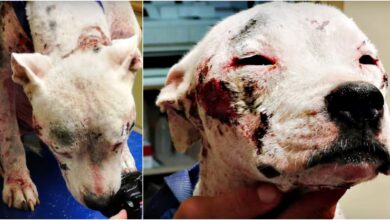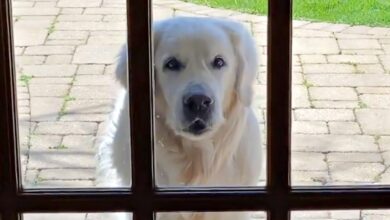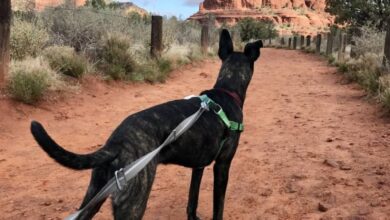8 Dog Breeds Prone to Deadly Bloat
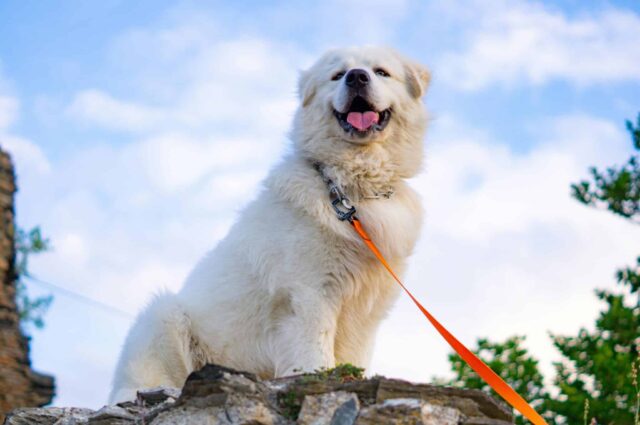
Bloat, also known as gastric dilatation-volvulus (GDV), is a serious and potentially fatal condition that affects dogs, especially large, deep-chested breeds. It occurs when a dog’s stomach fills with gas, food, or liquid and then twists, trapping its contents and cutting off blood flow. The condition requires immediate veterinary intervention as it can lead to serious complications and even death if not treated promptly. Understanding which dog breeds are more susceptible to bloat can help owners take preventative measures and recognize symptoms early. This article explores eight dog breeds that are particularly susceptible to bloat, detailing why each breed is a good fit for the topic and what owners can do to minimize their risk.
8. Saint Bernard
The Saint Bernard is a large, sturdy dog breed, known for its gentle nature and rescue work in the Swiss Alps. Unfortunately, their size and deep chest make them prone to bloat. The large volume of the abdominal cavity causes the stomach to expand significantly, which can lead to GDV if the stomach twists. Saint Bernard owners should be vigilant about their dog’s eating habits, avoiding large meals and ensuring their pet does not eat too quickly. Regular veterinary check-ups and recognizing the symptoms of bloat, such as restlessness, drooling and a distended abdomen, are important for this breed. It is important to seek immediate veterinary attention if bloat is suspected.
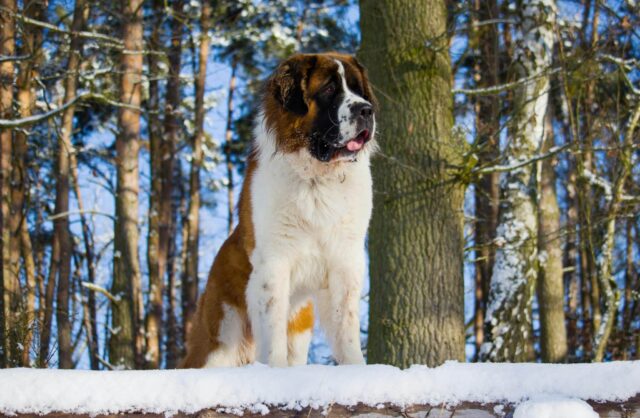
7. Standard Poodle
Standard Poodles, known for their intelligence and elegant appearance, are another breed prone to bloat. Their deep chests and narrow waists contribute to an increased risk of gastric torsion and GDV. Standard Poodle owners should feed their dogs smaller, more frequent meals and avoid strenuous exercise immediately before and after eating. Recognizing the symptoms of bloat and having a plan for emergency veterinary care can help minimize the risks associated with this condition. Preventative measures, such as gastric fixation surgery, may also be considered for high-risk dogs to reduce the likelihood of GDV.
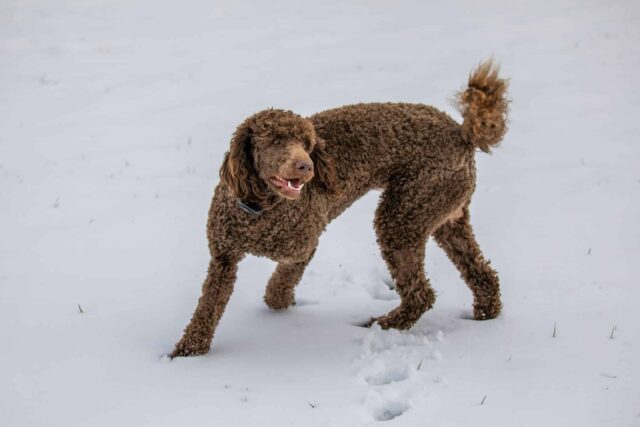
6. Great Dane
Great Danes, often referred to as gentle giants, are one of the dog breeds most prone to bloat. Their large size and deep chest cavity make them particularly susceptible to this life-threatening condition. Great Dane owners must be especially vigilant about their dog’s diet and exercise habits. Feeding them several small meals a day rather than one or two large meals can help prevent overeating, which is a risk factor for bloat. Monitoring their activity level at mealtimes and being alert for signs of bloat, such as excessive drooling, restlessness, and a distended abdomen, can be lifesaving. Early detection and prompt veterinary intervention are essential for this breed.
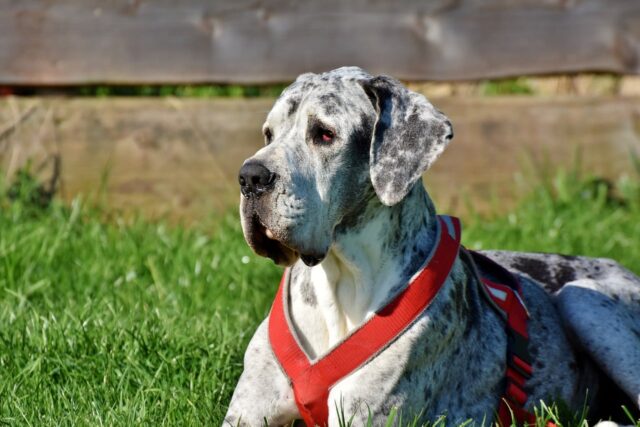
5. German Shepherd
German Shepherds are versatile working dogs, known for their intelligence and loyalty. However, their deep chests make them prone to bloating, especially if they engage in vigorous activity around mealtimes. German Shepherd owners should ensure that their dogs have a quiet environment during and after meals, with plenty of water available. Avoiding rapid eating and feeding smaller, more frequent meals can help reduce the risk of GDV. Knowing the signs of bloating and having an emergency plan is essential for this breed. Preventive surgery, such as gastric bypass surgery, may also be considered for German Shepherds, especially those with a family history of bloating.
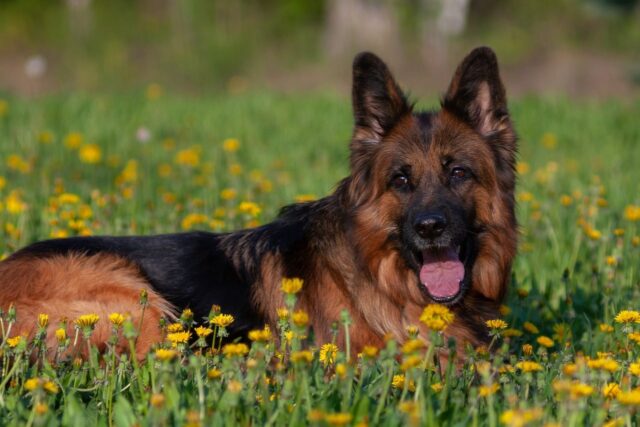
4. Irish Wolfhound
The Irish Setter, with its beautiful red coat and energetic personality, is another breed at risk for bloat. Their deep chests and active nature can make them susceptible to GDV, especially if they eat too quickly or exercise vigorously around mealtimes. Irish Setter owners should feed their dogs smaller, more frequent meals and ensure they have a quiet environment during and after eating. Recognizing the early signs of bloat, such as ineffective regurgitation, restlessness, and a distended abdomen, is important for prompt veterinary intervention. Regular health checks and preventative measures, such as gastric bypass surgery, can help reduce the risks associated with this condition.

3. Weimaraner
The Weimaraner is a strong, sleek hunting dog, known for its hunting ability and high energy levels. However, their deep chests make them prone to bloating, especially if they eat too quickly or are active at mealtimes. Weimaraner owners should take precautions to slow down their dog’s eating rate, such as using puzzle feeders or dividing meals into smaller portions. Ensuring their dog has a quiet environment during and after meals can also help reduce the risk of GDV. Awareness of the symptoms of bloating and prompt veterinary care are essential for this breed. Preventative measures, such as gastric bypass surgery, may also be considered for Weimaraners to reduce the likelihood of this life-threatening condition.
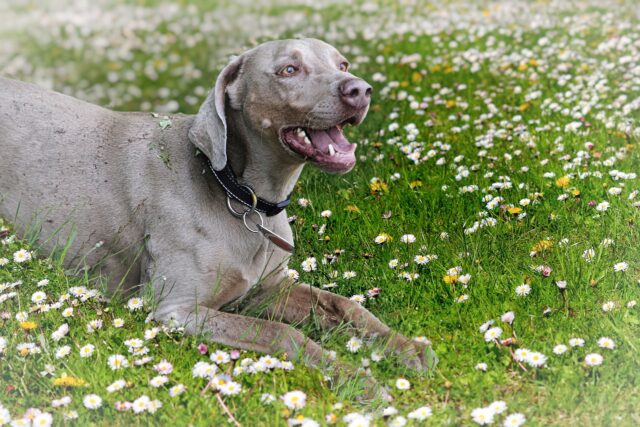
2. Akita
Akitas are large, sturdy dogs known for their loyalty and protective nature. Their deep chests and large size make them prone to bloating, especially if they eat too quickly or engage in vigorous activity around mealtimes. Akita owners should feed their dogs smaller, more frequent meals and ensure they have a quiet environment during and after meals. Avoiding eating too quickly and monitoring their activity levels can help reduce the risk of GDV. Knowing the signs of bloating, such as excessive drooling, restlessness, and a distended abdomen, is important for early detection and prompt veterinary intervention. Preventive surgery, such as gastric bypass surgery, may also be considered for Akitas to reduce the likelihood of developing this condition.
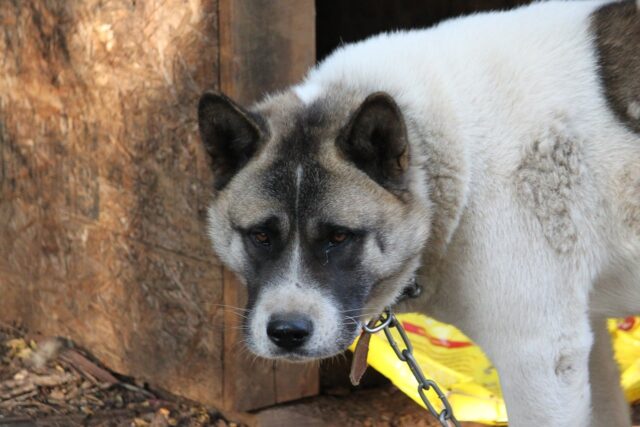
1. Greater Pyrenees Mountain Dog
The Great Pyrenees is a large, furry dog breed known for its protective instincts and gentle nature. However, their deep chests and large size make them prone to bloating, especially if they eat too quickly or engage in vigorous activity around mealtimes. Great Pyrenees owners should take precautions to slow down their dog’s eating rate, such as using puzzles or dividing meals into smaller portions. Ensuring their dog has a quiet environment during and after meals can also help reduce the risk of GDV. Awareness of the symptoms of bloating, such as non-productive regurgitation, restlessness, and a distended abdomen, is important for prompt veterinary care. Preventive measures, such as gastric bypass surgery, may also be considered for Great Pyrenees to reduce the likelihood of this life-threatening condition.

In summary, these eight dog breeds are particularly susceptible to bloat due to their deep chests and large size. Understanding the risk factors and taking preventative measures can help reduce the risk of GDV. Owners should be vigilant about their dog’s eating habits, activity levels, and overall health, and be prepared to seek immediate veterinary care if they suspect their dog has bloat. Regular health checks and preventative surgeries, such as gastric bypass surgery, may also be beneficial for high-risk dog breeds. By taking these preventative measures, owners can help ensure the health and well-being of their beloved pets.
